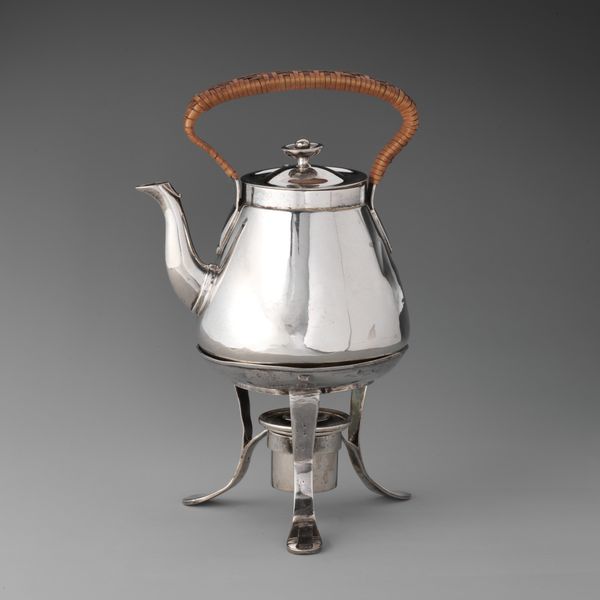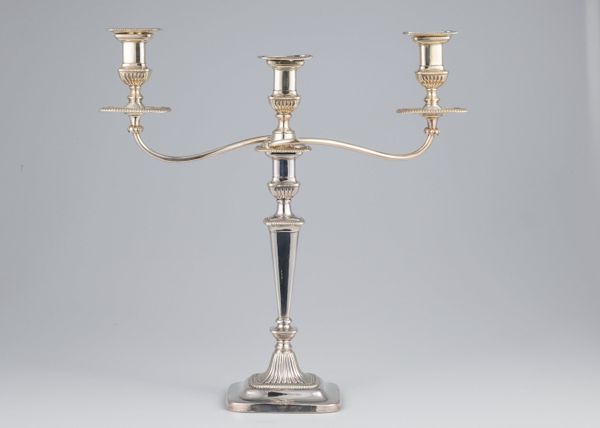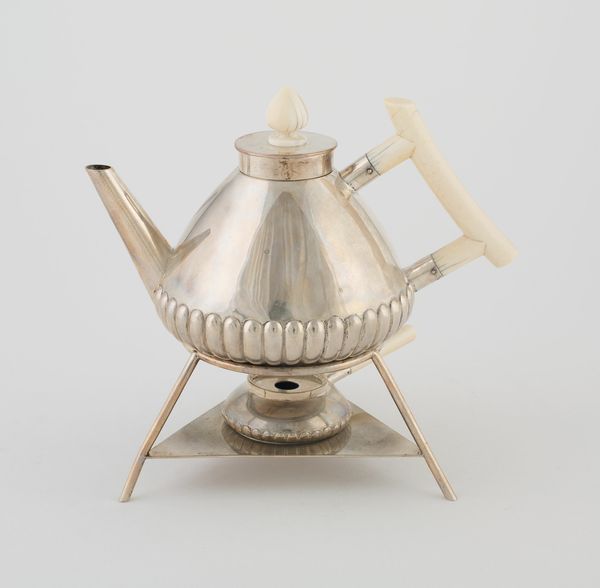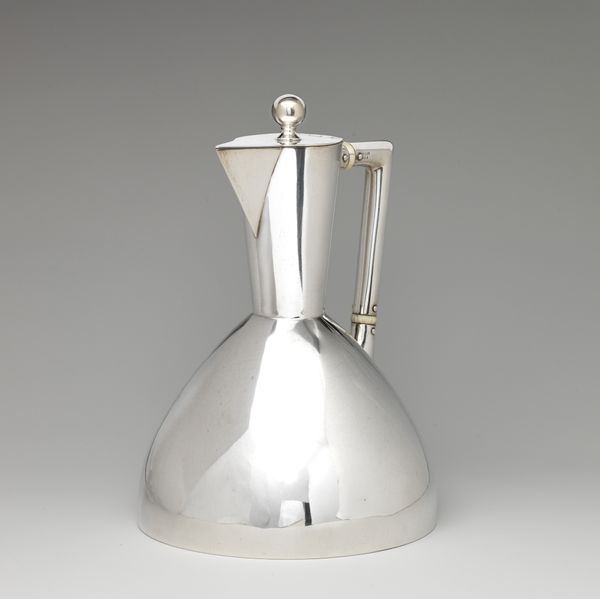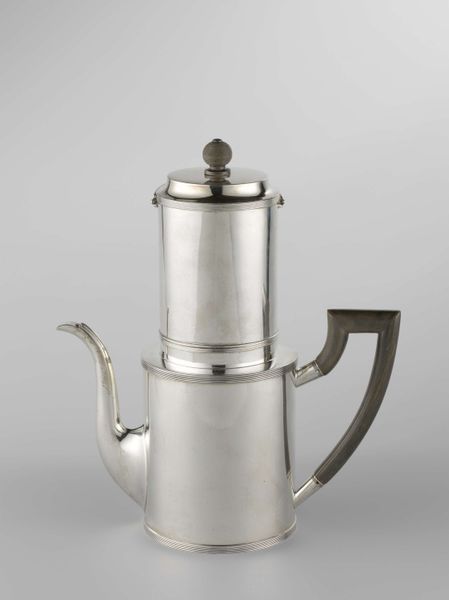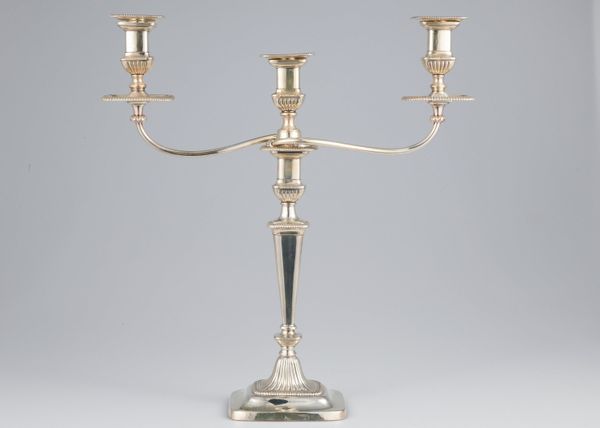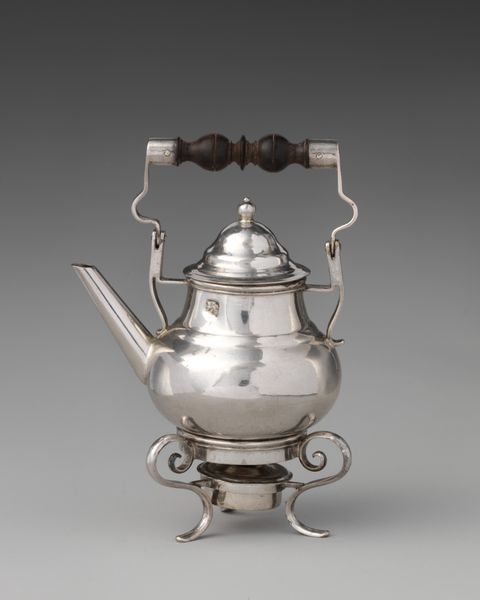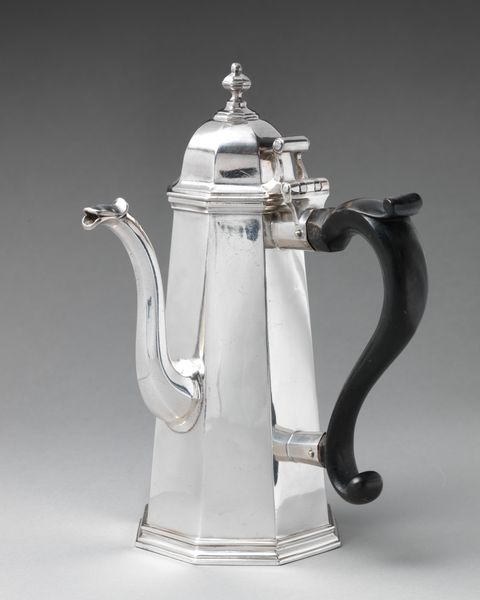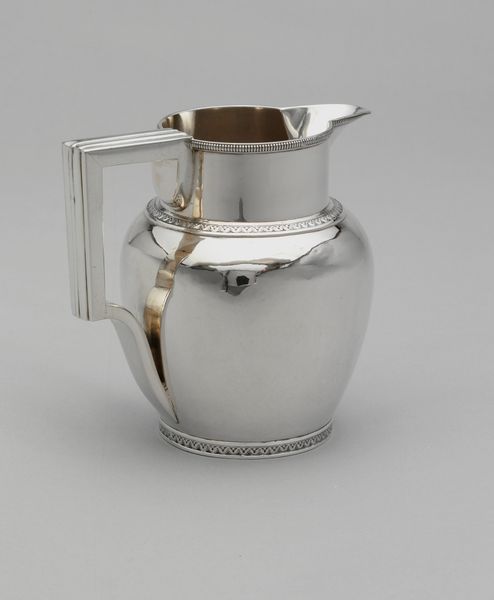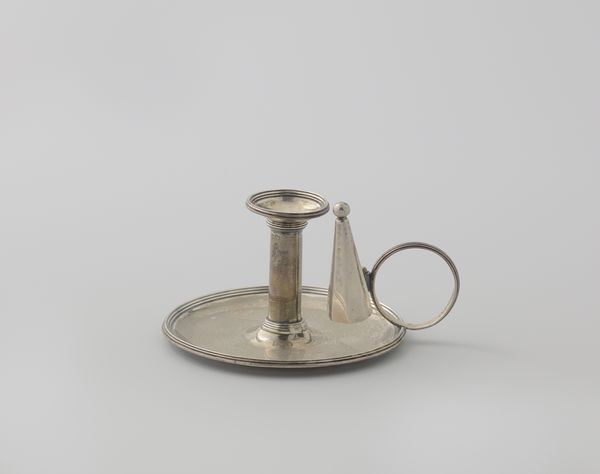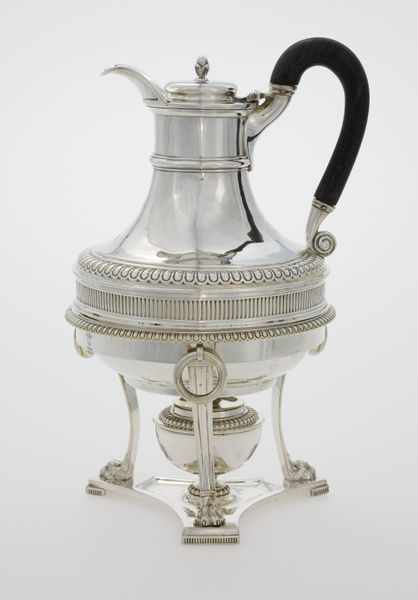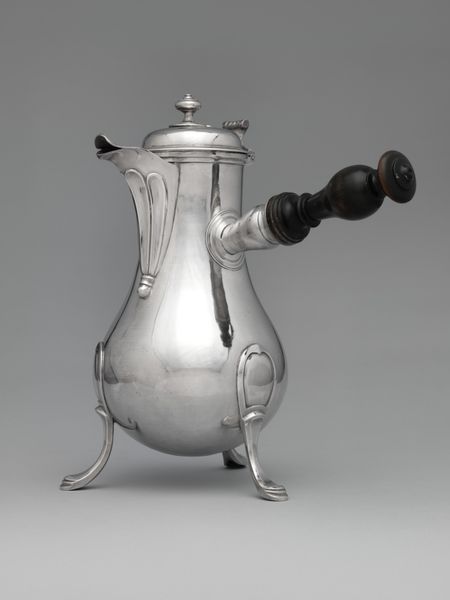
Dimensions: H. 5-3/4, W. 7-3/4 in. (14.6 x 11.3 cm.)
Copyright: Public Domain
Curator: I find this “Candlestick,” designed by Christopher Dresser in 1883, remarkably striking. It resides here at the Metropolitan Museum of Art. Its blend of materials – metal and wood – catches the eye, doesn't it? Editor: It certainly does. The combination lends the object a somewhat weighty, perhaps industrial, yet undeniably refined feel. Curator: Dresser was a pivotal figure in the Arts and Crafts movement, advocating for accessible design for all social classes. Considering the period, his work broke from convention, embracing functionality alongside aesthetic beauty. This candlestick, for instance, embodies that principle – its form directly follows its function, albeit with a decorative flair. One might analyze the historical context around the design of objects that were produced in large numbers and meant to adorn many houses to study the effects of arts on the raising middle class in Victorian England. Editor: Precisely. Observe how the piece's geometry—the sphere supporting a sleek cylinder topped with a delicate, lipped dish—creates a visually harmonious balance. This geometric harmony speaks to me. Then there's the tactile allure of the wood against the smooth metal. It introduces a textural dimension that truly elevates it. Curator: This candlestick challenges the idea of purely ornamental objects by making a common thing stylish, elegant, while it remained completely usable and accessible for everyone. How do you perceive its influence regarding similar, contemporary items for common use? Editor: In regards to current design, it prompts considerations on mass production, craftsmanship, and functionality. We might look at this candlestick and decode how its visual simplicity enhances rather than diminishes utility. We appreciate its clear structural arrangement that brings beauty into utility. It speaks a great deal through few design traits. Curator: Absolutely. Understanding pieces like Dresser's “Candlestick” connects us to past sociopolitical dynamics while providing fresh insight into contemporary design issues. Editor: I agree; and focusing on form and materials, its clean lines and simple structure provides a case study on how design transforms an object’s meaning, enhancing its symbolic relevance for ages.
Comments
No comments
Be the first to comment and join the conversation on the ultimate creative platform.
